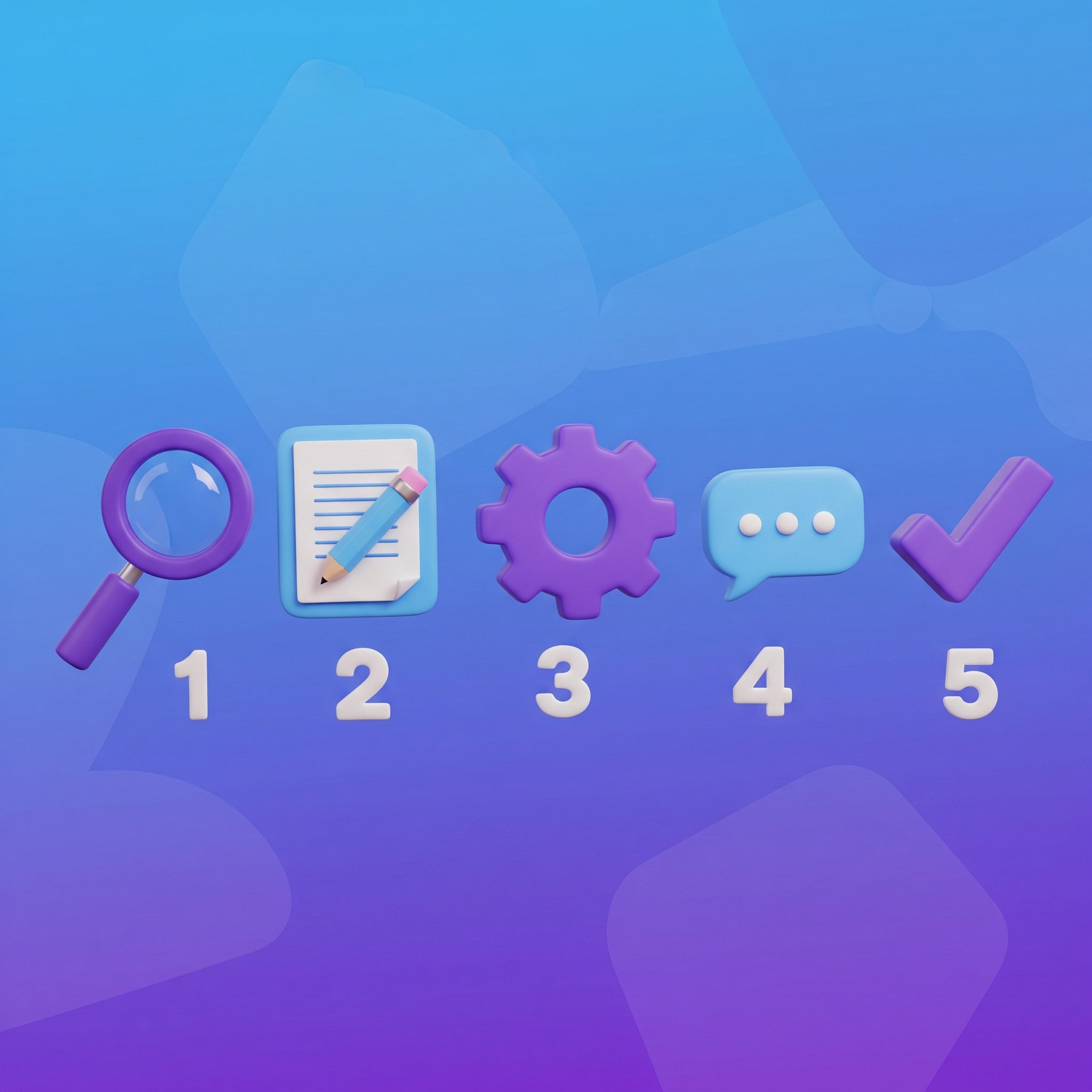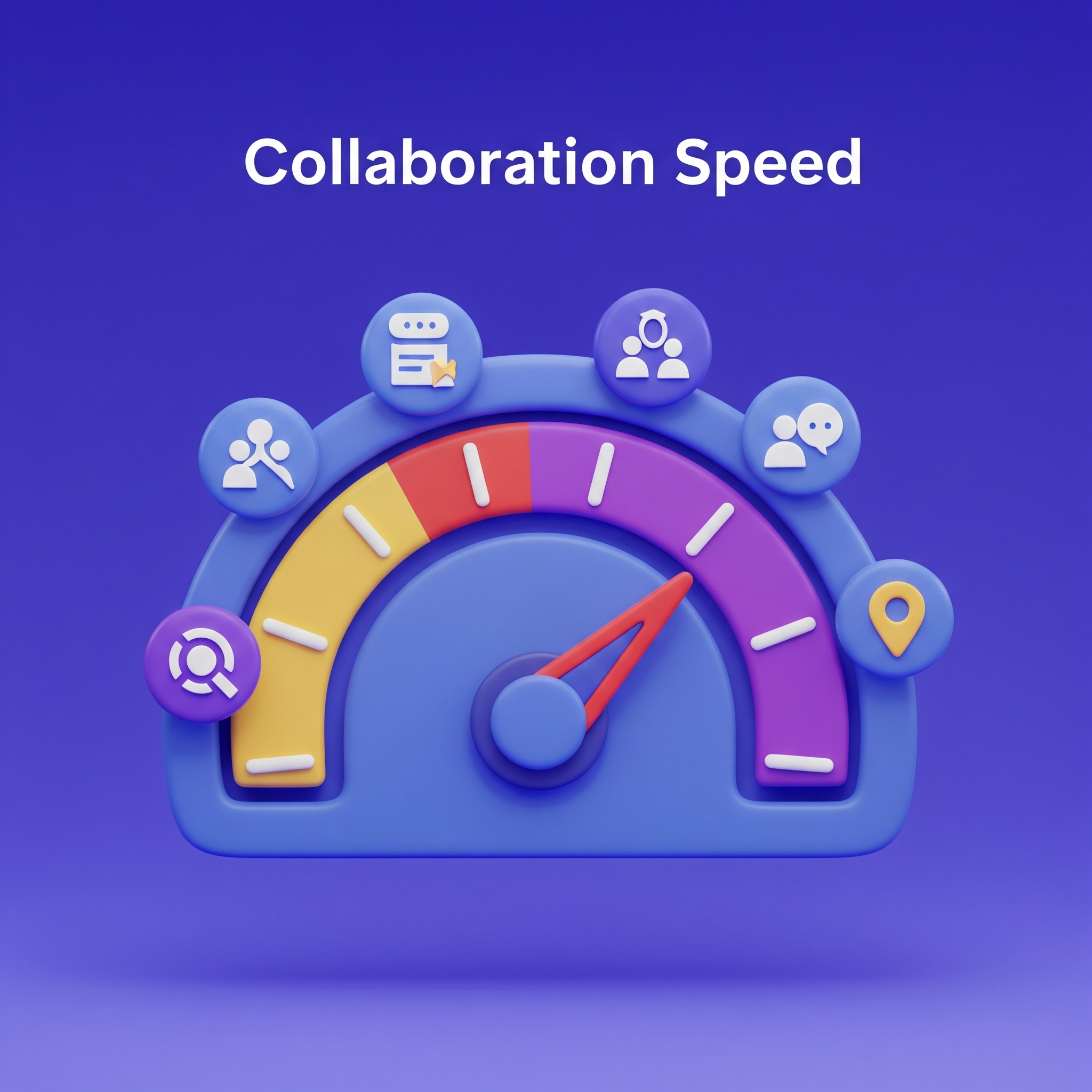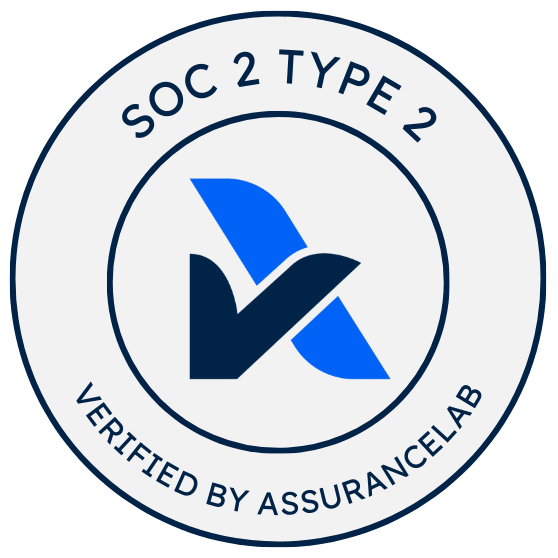
Open Source Collaboration Report: What 250+ Projects Reveal
collab.dev analyzes 250+ top GitHub repositories to reveal collaboration metrics - from instant feedback to 4-week wait times. See how your project compares to industry standards.

How long does it take to get feedback on your pull request? Is your project’s review process helping or hurting contributor experience? For the first time, we have data-driven answers.
collab.dev has been tracking collaboration metrics across 250+ top GitHub repositories since March, measuring everything from initial response times to review coverage rates. The results reveal a landscape where some projects achieve instant feedback while others keep contributors waiting weeks.
Whether you’re a maintainer optimizing your workflow, a contributor choosing where to spend your time, or a developer curious about industry standards, this data provides unprecedented insight into how the world’s most successful open source projects actually operate.
Key Findings from the Data
30+ major projects now have zero wait time for PR responses. While some projects like validatorjs/validator.js keep contributors waiting 4+ weeks, webpack, TensorFlow, and Zed provide instant feedback.
100% of enterprise-scale projects use some form of automation - with scikit-learn achieving both 100% review coverage and 0s response times, showing automation can enhance rather than replace human review.
The average PR in top JavaScript projects gets reviewed in under 4 hours. Go and Rust projects are even faster.
The Numbers Behind Open Source Collaboration
Review Coverage Distribution
This measures what percentage of pull requests receive formal code review before being merged.
30+ projects maintain 100% review coverage including Next.js, Supabase, and Pulumi, while 15+ major projects have <13% review coverage. The gap between high and low performers reveals significant differences in development philosophy and resource allocation.
Response Time Variance
This tracks the median time from when a pull request is opened until it receives its first human response.
The fastest projects respond in 0 seconds - webpack, open-webui, TensorFlow, and Zed provide instant feedback. The slowest response takes 4 weeks, 22 hours at validatorjs/validator.js. That’s a 16,000x difference in response time across the open source ecosystem.
Automation Adoption
This measures the percentage of pull requests and contributions that are created or processed by automated systems versus humans.
68% of contributions in some projects are now automated, with Mozilla projects leading in bot adoption. Human-only projects are becoming less common as automation handles routine tasks like formatting, testing, and basic security checks.
Language and Ecosystem Performance
JavaScript/TypeScript: Strong Performance
- Next.js: 100% review rate, 100% approval rate, 0s wait time
- Svelte: 100% approval rate, instant responses
- Webpack: Leading metrics across multiple categories
Go/Rust: Consistent Efficiency
- Consistently low variance in wait times
- Streamlined decision-making processes
- Higher approval rates per review
Python: Mixed Results
- scikit-learn: 100% review rate, 0s wait times
- TensorFlow: 0% review rate, 0s wait times
- Widest variance of any ecosystem
Notable Findings
1. Speed vs. Quality Trade-offs
open-webui has 0s response times but only 12% review coverage. Meanwhile, Bitcoin takes 3+ days but maintains rigorous security reviews.
2. Approval Rate Variations
Some projects approve 100% of reviewed PRs while others reject 90%+. The difference appears to be process-related rather than quality-based.
3. Maintainer Capacity Indicators
Projects with 1+ week wait times often show inconsistent response patterns and declining review coverage.
Performance Breakdown
Review Coverage Analysis:
The percentage of pull requests that receive formal review before merge, across different performance tiers.
Perfect review coverage (100%) is maintained by Next.js, Supabase, Pulumi, and freeCodeCamp, while low coverage projects (0-13%) like TensorFlow, open-webui, and immerjs/immer prioritize speed over formal review processes. The industry median sits at 85%, indicating that most successful projects have adopted systematic review practices.
Wait Time Distribution:
The overall time from pull request creation to final merge, showing the complete collaboration cycle.
Instant response projects like webpack, open-webui, TensorFlow, and Zed represent 30+ repositories with immediate feedback systems. Extended wait times at validatorjs/validator.js, mautic/mautic, and bitcoin/bitcoin often reflect resource constraints or deliberate security-focused processes. Most active projects maintain a 4-24 hour typical range, balancing thoroughness with contributor experience.
Implications for Developers
If You’re a Contributor:
- Target projects with >80% review coverage for learning opportunities
- Consider avoiding projects with >1 week initial wait times
- JavaScript/TypeScript projects tend to have faster feedback loops
If You’re a Maintainer:
- Response time consistency matters more than speed
- Review coverage below 50% may impact community trust
- Consider bots for routine tasks, humans for complex decisions
If You’re Hiring:
- Contributors from high-review projects may have better code quality habits
- Maintainers of fast-response projects understand modern DevOps practices
- Multi-language contributors tend to adapt faster to new environments
Key Takeaways
Open source collaboration in 2025 shows a bit of a distinction between projects with instant feedback and automated workflows versus those using traditional, manual processes.
Consider: Evaluating your project’s metrics to view your project’s current state at a high level and identifying potential improvement opportunities, if needed.
Data source: collab.dev analysis of 250+ top GitHub repositories, July 2025
Want to see how your project compares? Get your collaboration metrics at collab.dev


